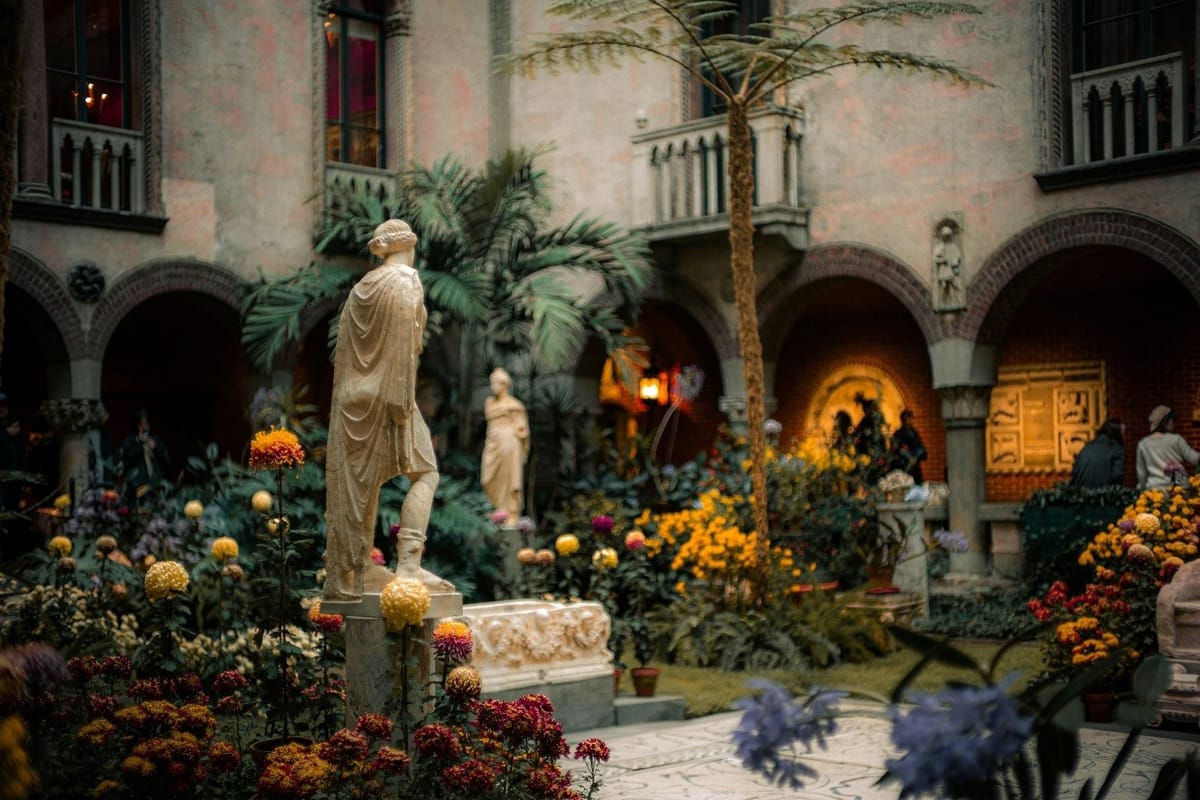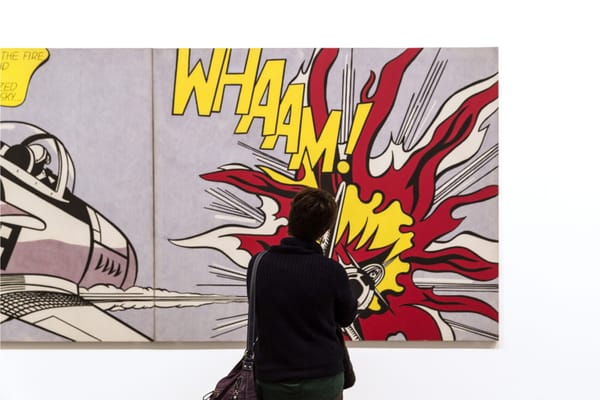ART Mysteries: The Isabella Stewart Gardner Museum Heist and the Vanishing of Vermeer’s "The Concert"

Welcome to “ART Mysteries,” a monthly series dedicated to unraveling the most perplexing puzzles in art history. In our inaugural article, we delve into one of the most notorious cases of a vanished masterpiece, exploring the story behind its disappearance and the ongoing quest to uncover its whereabouts.
Here are some key points for this month article:
- The Heist: On March 18, 1990, two men dressed as police officers gained entry to the Isabella Stewart Gardner Museum, overpowered the guards, and stole 13 pieces of art valued at over $500 million.
- Stolen Artworks: Among the stolen pieces were Vermeer’s “The Concert,” works by Rembrandt, Degas, and Manet, a Chinese vase, and a finial from a Napoleonic flag.
- Investigation: The FBI launched an extensive investigation, but the case remains unsolved despite numerous theories and tips.
- Reward: The museum offers a $10 million reward for information leading to the recovery of the stolen art.
- Impact: The theft had a significant impact on the art world, and the museum still displays the empty frames where the stolen pieces once hung.
On the night of March 18, 1990, the Isabella Stewart Gardner Museum in Boston was the scene of one of the most audacious art heists in history. As the city celebrated St. Patrick’s Day, two men disguised as police officers arrived at the museum, claiming to respond to a disturbance. Once inside, they swiftly overpowered the guards, handcuffing them and securing them in the basement. What followed was a meticulously orchestrated theft that would baffle investigators for decades.
The thieves spent the next 81 minutes carefully selecting 13 works of art. Among the stolen pieces was “The Concert” by Johannes Vermeer, an exquisite painting created around 1664. Vermeer, known for his masterful use of light and intimate domestic scenes, captured a trio of musicians in a tranquil setting. The painting’s serene beauty stood in stark contrast to the violent chaos of its theft. Alongside “The Concert,” the thieves took works by Rembrandt, Degas, and Manet, as well as a Chinese vase and a finial from a Napoleonic flag. The total value of the stolen art was estimated at over $500 million, making it the largest art theft in history.

The Investigation and Theories
The morning after the heist, museum staff discovered the crime scene and immediately contacted the authorities. The FBI launched an extensive investigation, but leads were scarce. The thieves had managed to avoid the museum’s security cameras, leaving behind few clues. Over the years, various theories emerged, implicating organized crime syndicates, disgruntled employees, and international art dealers. Despite numerous tips and a $10 million reward, “The Concert” and the other stolen works remained elusive.
The mystery of “The Concert” has inspired countless theories and speculations. Some believe the painting was taken by the Irish Republican Army (IRA) as collateral for arms deals. Others suggest it was hidden by a now-deceased thief, buried in a location only he knew. A more recent theory posits the artwork might be held by a private collector with the means and desire to secretly possess such invaluable treasures.
One particularly intriguing lead came from a former mobster who claimed to know the identity of the thieves. According to his account, the art was initially transported to Connecticut and then to Philadelphia, where it vanished once more. Despite the credibility of this informant, the trail went cold, leaving investigators and art enthusiasts frustrated.
The loss of “The Concert” has profoundly impacted the art world. The Isabella Stewart Gardner Museum, once a beacon of cultural heritage, now serves as a reminder of vulnerability. The empty frames of the stolen artworks still hang in their original places, a poignant symbol of loss and hope for recovery. For Vermeer enthusiasts, the absence of “The Concert” is particularly painful. With only about 34 known works by Vermeer in existence, each piece is a rare and treasured glimpse into the artist’s genius. The theft has deprived the world of one of his most intimate and harmonious creations.
Despite the passage of time, the quest to recover “The Concert” continues. The FBI remains committed to solving the case, and the museum’s reward still stands. Advances in technology, such as digital imaging and global databases, have renewed hope that the painting might one day be found. Art recovery experts, private investigators, and passionate amateurs all contribute to the ongoing search. The allure of solving one of art history’s greatest mysteries keeps the case alive in the public imagination. Each new tip, each whispered rumor, fuels the possibility that “The Concert” will be returned to its rightful place, and the mystery will finally be resolved.
The story of Vermeer’s “The Concert” is a testament to the enduring allure of art and the lengths people will go to possess it. It also serves as a reminder of the fragility of our cultural heritage and the importance of protecting it. As we continue to explore the shadowy world of art mysteries, the tale of “The Concert” stands as a poignant example of beauty lost and the relentless pursuit of truth.
Join us next month as we delve into another captivating art mystery, uncovering the secrets and stories behind the world’s most elusive masterpieces. Until then, the search for “The Concert” goes on, and the enigma of its disappearance remains an unresolved chapter in the annals of art history.
ART Walkway News





